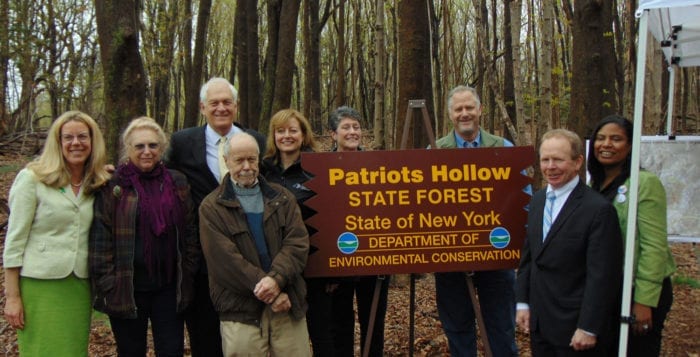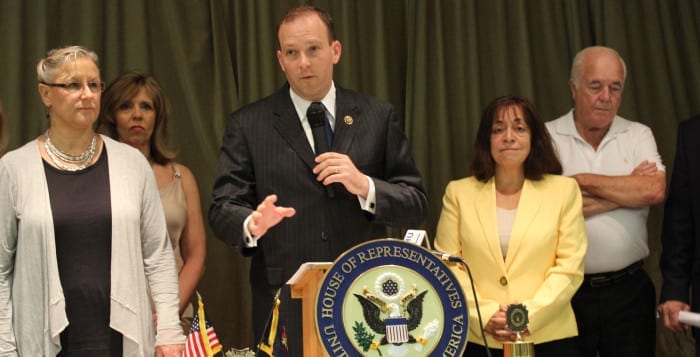By Chrisa Arcan
Led by Dr. Fotis Sotiropoulos, Dean of the College of Engineering and Applied Sciences (CEAS), a group of Stony Brook University faculty and administrative personnel visited the Turkana Basin in Kenya in March with the goal of setting the stage for the 2017 CEAS Global Engineering Field School (https://www.stonybrook.edu/commcms/ceas/news/2017/march/global_innovation.php).
The trip was organized by Dr. Lawrence Martin, Professor at Stony Brook University Department of Anthropology and Director of the , (TBI) (https://www.turkanabasin.org), a Stony Brook University affiliated institute established in 2005 in Turkana, Kenya, by world renowned anthropologist and Stony Brook University Professor Richard Leakey.

Under this newly established CEAS summer program, a group of undergraduate engineering students will visit TBI for an immersion education on global issues and needs that are different from what they are familiar with, in order to develop engineering solutions to address the survival challenges of people in rural Kenya and other places facing similar issues.
TBI facilities were developed with the purpose of offering a permanent infrastructure to enable year-round paleoanthropology and related scientific research in this remote area of sub-Saharan Africa. The Turkana Basin is a region where abundant evidence documenting the history of human evolution has been uncovered.
Recent research on DNA shows that every human being alive today can be traced to a common ancestral population that lived around that area 60,000 to 70,000 years ago. It is literally the birthplace of humankind. Today TBI, with its two field centers, one on either side of Lake Turkana, is a global center of excellence in paleoanthropological research.

Our first stop was a two-day stay at Mpala Research Centre. The center is affiliated with Princeton University and conducts research in conservation and wildlife with a focus on benefiting the surrounding communities. Thanks to the director of the center, Dr. Dino Martins a former TBI postdoc at Stony Brook, our stay at Mpala was absolutely memorable: We toured the research facilities, the surrounding areas and dry river beds and brainstormed on opportunities to harness the local resources and develop programs that would benefit the local communities, and we marveled at the amazing landscape and its rich wildlife.
From Mpala we boarded a single-engine Cessna Grand Caravan airplane and flew to TBI to start our next journey in the northern-most region of Kenya to Ileret, a small remote village in northern Kenya, in the east side of Lake Turkana, close to the Kenya-Ethiopia border.
As we took a tour of the local clinic, Beatrice, the nurse of the clinic described the multiple health conditions of the locals, especially the children, and the limitations under which she works. The majority of children suffer from at least one type of malnutrition with a large percentage of them being stunted; the latest prolonged drought has exacerbated their condition and increased their deficiency of multiple essential nutrients.
The clinic we visited, a stand-alone small structure, consisted of only a few rooms and of bare medical essentials; everything was in dire need of repair: broken windows, cracked walls, limited medical supplies and a nonfunctioning fridge meant to store drugs, to name a few.
Yet, despite all this, Beatrice and her assistants work tirelessly to perform medical miracles (and always with a smile), from prenatal care, to deliveries, albeit their complications in need of serious surgical procedures, to child nutrition supplementation, to treating any communicable disease, to community education for family planning, vaccinations and many more. My discussions with the nurse brought to life my education on global health and nutrition.
We had the opportunity to see firsthand the local needs and current community projects supported by TBI, like the clinic, school and teachers, and appreciated the opportunities in alternative energy solutions, food systems and health.
We visited the local villages and witnessed the devastating effects of the worst drought in 60 years on peoples’ survival. We saw women and girls digging by hand deep into the ground to find a little bit of precious water, which they also had to carry back to their homes.
Needless to say the water was contaminated with organic and inorganic material, and the apparently clean water from boreholes had fluoride at dangerously high levels. The drought and scarcity and poor quality of water took a devastating toll on food production and livestock for people in that region. Thus food quantity and variety are extremely limited and the signs of food insecurity are apparent in every child and adult.

We visited the village homes, single-room domelike structures, built by women from tree branches and corrugated metal sheets that serve as both a cooking and sleeping space for the entire family. Cooking inside the structures creates dangerous air pollution, and as the nurse in the clinic pointed out, respiratory problems are the most prevalent health conditions, especially among children.
We had the chance to interact with the locals and best of all to play with the children; their excitement and fascination when we took selfies and saw themselves on the screen was contagious. What a joy to interact with the happiest children that I have ever seen, despite their daily hardship for survival!
Located in a remote area with scarce resources, TBI is the ideal place to serve as an incubator for inspiration and pilot testing of future engineering, agriculture and public health ideas that can be transferred to benefit the local communities.
All the facilities at TBI have been built by locals using construction materials that, for the most part, were manufactured on-site. The facilities are powered using wind and solar energy and the water is purified using reverse osmosis. It is even equipped with a small greenhouse farm, testing vertical hydroponic and organic farming techniques that can support the growth of a variety of vegetables under harsh local conditions. All these initiatives and more serve as inspirations for future sustainable programs that can benefit the local communities.
Our trip to Kenya lasted only a week but it was filled with fascinating and enriching experiences. We left with many images, impressions and feelings, but most of all with a hope and a motivation that each one of us has found a compelling reason to return and contribute. However, our trip would not have been as rewarding and fulfilling without the organization and hospitality of everyone whom we met and who contributed to our memorable experience.
Chrisa Arcan, PhD, MHS, MBA, RD is an Assistant Professor for the Department of Family, Population, and Preventive Medicine at Stony Brook University.

















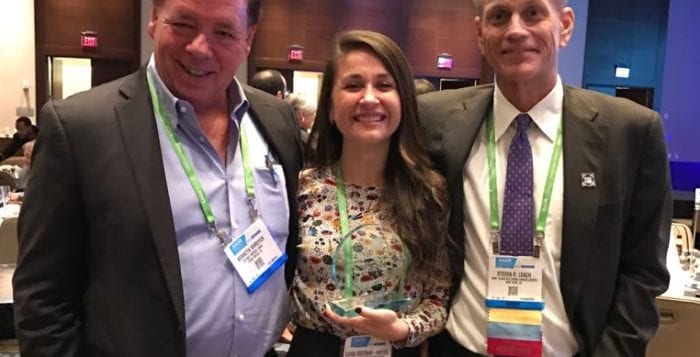





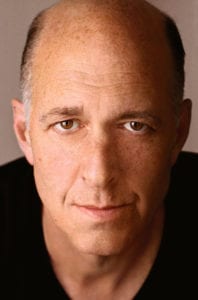


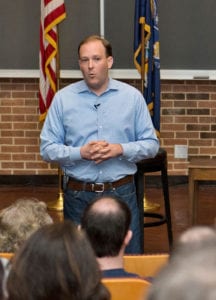 In a previous interview, Zeldin spokesperson Jennifer DiSiena said requesting a town hall with the purpose of disrupting it is wrong and wouldn’t be taken seriously.
In a previous interview, Zeldin spokesperson Jennifer DiSiena said requesting a town hall with the purpose of disrupting it is wrong and wouldn’t be taken seriously.